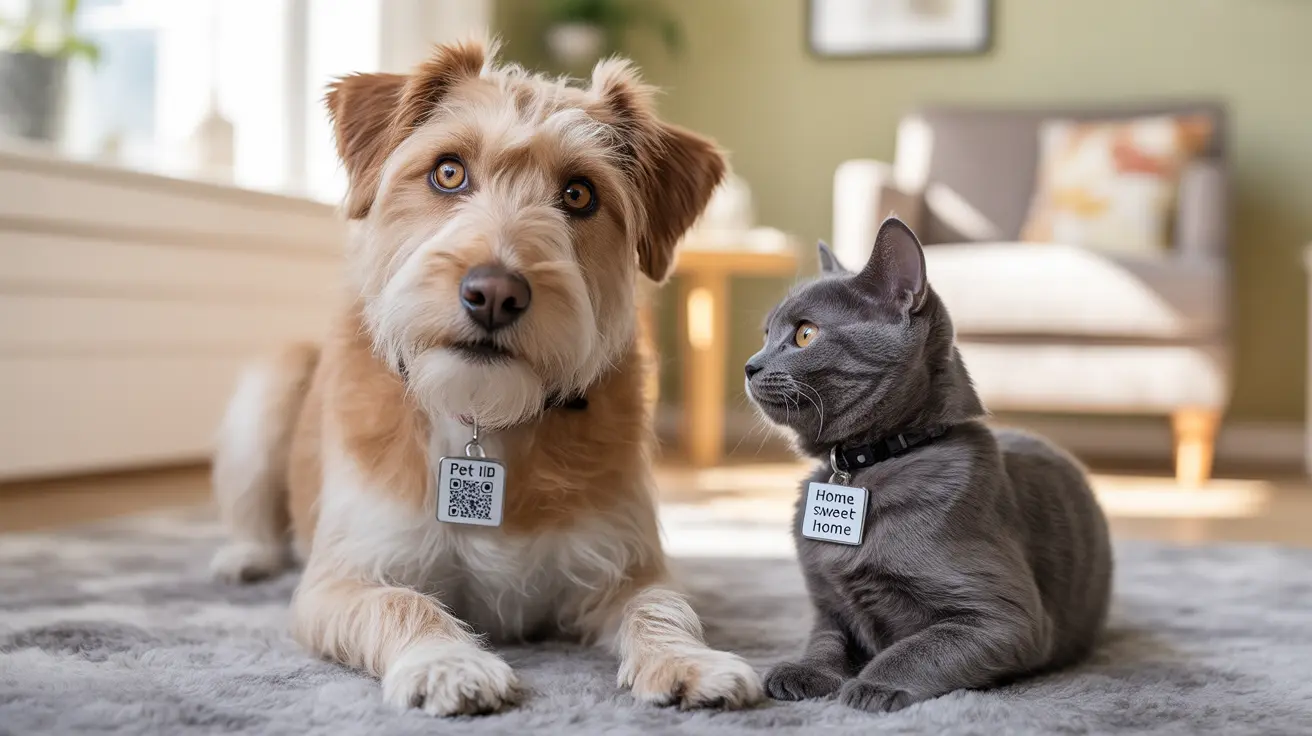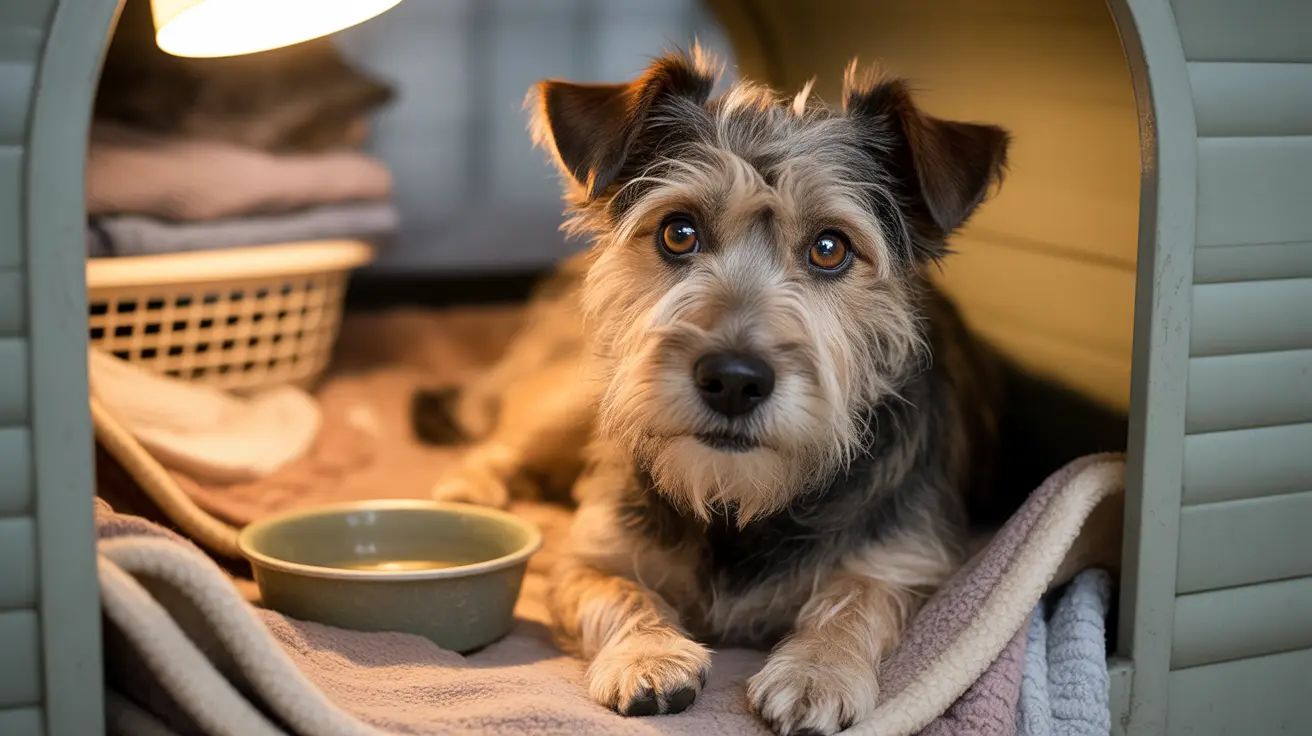Recognizing the Signs of Lice in Dogs
Lice infestations in dogs aren't common among healthy pets, but when they do occur, they can cause a range of uncomfortable symptoms. Lice are tiny, wingless insects that live on your dog's skin and hair. There are two main types affecting dogs: chewing lice (Trichodectes canis), which feed on skin debris, and sucking lice (Linognathus setosus), which feed on blood. Both can make life miserable for your furry friend if not promptly addressed.
How Lice Affect Dogs
Lice are highly host-specific; you can't catch them from your dog and vice versa. They're more likely to infest puppies, elderly dogs, unwell pets, strays, or those kept in crowded or unsanitary conditions. They spread through direct contact or by sharing contaminated bedding, collars, or grooming tools. Unlike fleas, lice don't jump or fly — they crawl slowly from one dog to another.
Common Signs and Symptoms
If you're worried your dog might have lice, look for these telltale signs:
- Intense itching and scratching: Your dog may seem restless and constantly try to scratch or bite at their skin.
- Dry or scaly skin: Lice irritate the skin as they feed or move around.
- Rough or matted coat: The fur may lose its shine and become tangled from repeated scratching.
- Hair loss: Especially around the ears, neck, shoulders, groin, and tail — areas where lice often congregate.
- Visible lice: You might spot slow-moving brown or tan insects about 1–2.5 mm long clinging to hairs.
- Nits (lice eggs): These appear as white grains stuck firmly near the base of hair shafts; unlike dandruff, they don't shake off easily.
- Small wounds or scabs: Sucking lice can cause tiny bites that lead to sores and sometimes secondary infections.
- Pale gums: In severe cases (especially in puppies or small dogs), blood loss from sucking lice may result in anemia.
The severity of these symptoms often depends on the extent of the infestation and your dog's overall health. Heavy infestations can lead to restlessness and even more serious complications if left untreated.
Where to Look
Lice prefer areas with thinner hair. Part your dog's fur around the ears, neck, shoulders, groin, and tail — these spots often harbor both adult lice and their eggs. Chewing lice tend to move around more than sucking lice; sucking lice may be found with their mouthparts embedded in the skin. Nits are easiest to see against dark fur because they're white and cling tightly along individual hairs.
Lice Life Cycle: Why Symptoms Persist
The louse life cycle has three stages: egg (nit), nymph (immature louse), and adult. Female lice cement sticky eggs near the base of hairs; these hatch after one to two weeks into nymphs that mature into adults within another two to three weeks. Because eggs are resistant to many treatments and persist in the environment for days even after adults die off your pet's body, symptoms can linger unless all stages are addressed during treatment.
Differentiating Lice From Other Problems
- Dandruff flakes shake off easily; nits stay stuck along hairs.
- Mites usually cause more generalized redness without visible insects.
If you see small tan/yellow/brown spots moving slowly through your dog's fur — especially if accompanied by itching — it's worth suspecting lice rather than other parasites like fleas (which move much faster).
The Importance of Early Detection
Catching a louse infestation early makes treatment easier for both you and your pet. If left unchecked in vulnerable dogs (puppies, seniors), heavy infestations can lead to anemia from blood loss or secondary bacterial infections due to open wounds caused by scratching. These complications can be serious if not promptly treated.
Treatment Considerations
- Lice infestations require topical insecticides prescribed by a veterinarian; common options include fipronil, imidacloprid, selamectin, permethrin (dogs only), lime-sulfur dips, or isoxazolines like afoxolaner/fluralaner.
- Matted fur may need shaving for effective treatment penetration.
Treat every dog in contact with an infested animal. Wash all bedding/collars/grooming tools thoroughly with hot water; items that can't be washed should be isolated for four to six weeks so any remaining eggs die off naturally.
Prevention Is Key
- Maintain good hygiene: regular grooming helps spot problems early.
- Avoid exposing your dog to animals with visible parasites or poor hygiene habits.
Monthly flea preventives usually keep lice at bay as well — ask your vet about the best product for your pet's needs.
If you notice any of these signs in your dog — especially persistent itching combined with visible insects or eggs — consult your veterinarian promptly for diagnosis and treatment guidance. With timely care and proper hygiene practices at home, most dogs recover quickly from a louse infestation without lasting effects.





